What does it take to be free from violence?
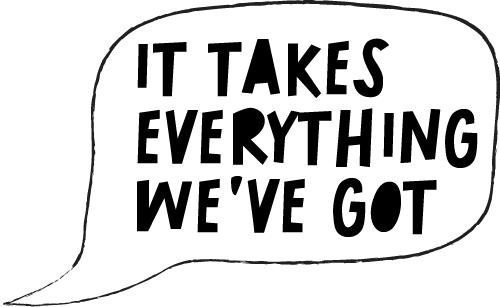
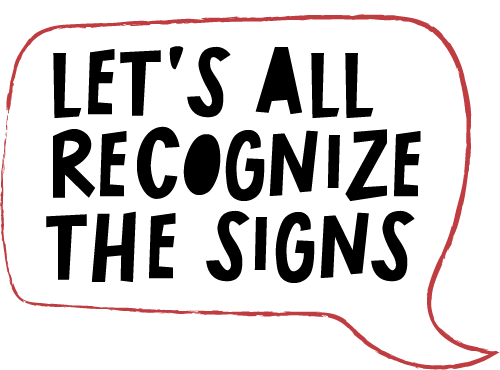
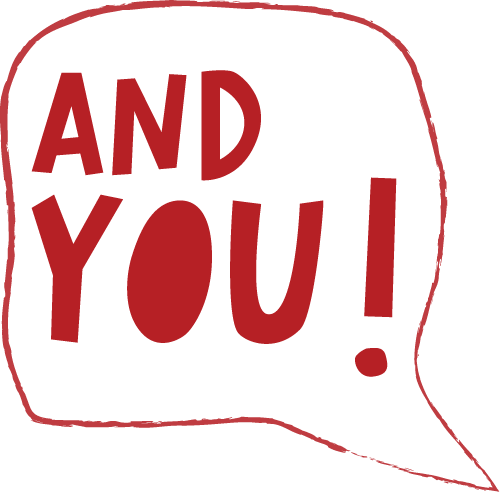
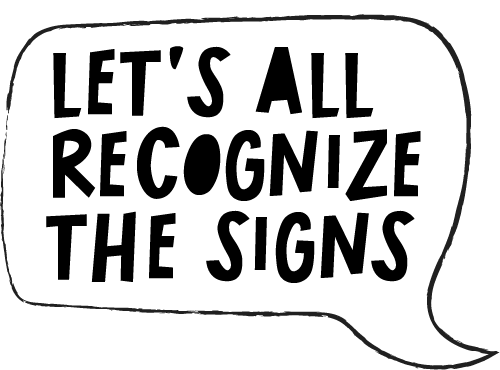

Let’s all Recognize the Signs
In March 2020, when BWSS raised the alarm of the violence at home, the risk of domestic and sexualized violence spiked.
We moved quickly to extend our crisis line to operate and our office located in an unpublished location in Vancouver, British Columbia, Canada has remained open accessible to victims of violence.
In 2021 for International Day for the Elimination of Violence against Women and the 16 Days of Activism to end Gender-based Violence we shared this information and it’s still relevant—Let’s all Recognize the Signs.
Through the global pandemic and beyond, we know that identifying abuse and seeking help is always the most lethal time for a woman in an abusive situation.
So let’s learn how to recognize the signs, how to help and ways to safely check in with someone in an abusive relationship—such as a family member, a co-worker, a neighbour, or member of our community.
After over 40 years of listening firsthand and assisting victims and survivors toward safety and lives free of violence, we know how intimate partner violence, sexualized violence, and emotional abuse happens routinely within the privacy of their home—hidden from public view.
Too many victims and survivors are not able to reach out for help because of fear, victim-blaming, stigma of disclosing an abusive relationship and many other potential negative consequences.
So, let’s all recognize the signs and learn the skills to assist, to be safe, approachable, and non-judgmental empowered bystanders.
We have to collectively make sure that community based services such as BWSS are available to assist survivors of violence because they tell us that they feel safer going to anti-violence organizations rather than calling authorities including the police.
Here’s how you can help:
When our friend, family member, loved one is living with abuse by an intimate partner, we have a key role in supporting their journey.
You may be the only person that they can trust. Our “How can I help my friend” tool has tips and tools so that you can become an empowered bystander with the knowledge to help a friend.
When on the phone or in person
Ask questions that can be answered with “yes” or “no” such as “Would you like me to call the police?” “do you need medical attention?” “Would you like me to call an anti-violence centre or transition house on your behalf?”
Here is a list of anti-violence centres and transitions house listed by province in Canada https://www.bwss.org/
Texts, social media, Signal/WhatsApp and/or email can be used being careful if the abusive partner is surveilling her devices and/or social media accounts – consider asking “What do you need?” “How can I help?” “May I check in on you again?”
If you know that someone is immediate danger, call 911 to reach your local emergency services including police, ambulance or fire.
The Signal for Help
The signal for help is a one-handed sign someone can use to silently show they want someone to check in with them in a safe way. It starts with an open hand, palm facing out, then tuck the thumb and trap it in a fist.
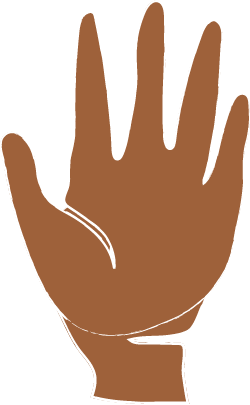
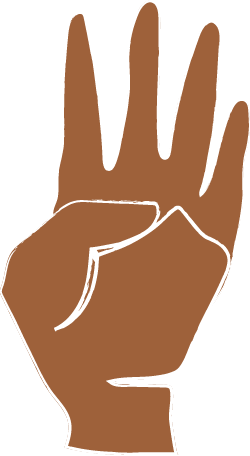
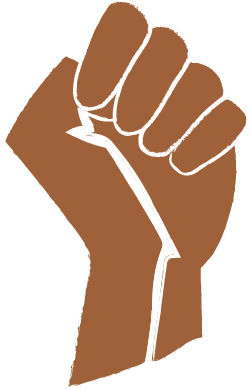
Signal for help shared with permission from the Canadian Women’s Foundation.
Help us end violence with everything we’ve got.
Your support makes the work we do possible.
Your gift makes it possible for us to stay on the frontline to provide crisis support, counselling, support groups, legal advocacy, employment counselling, housing support and outreach.
Plan for Safety
Safety is always at the centre of our work at Battered Women’s Support Services.
Gender-based violence continues as an epidemic. Planning for safety is one way you can take back your power in abusive relationships. Although you can’t control an intimate partner’s use of violence, planning for safety can help you evaluate, define options and opportunities for liberation and safety.
Create Your Personalized Safety Plan Now
More specialized resources to support your safety planning
You are not alone. You have options.
Our Safety Changes Everything team are available to discuss your situation and help create a personalized safety plan that’s right for you. Or you can access more resources below.

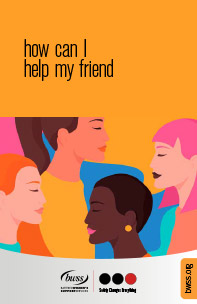
I pay attention to controlling behaviour
I pay attention to who gets to own property, and who has their name
on debt.
Checking my texts and looking through my phone
I am fleeing an abusive relationship and control and gaslighting have become the biggest signs of mental abuse add alcohol to that and you get and unpredictable and unsafe person to be around.
How do they resolve and behave during a stressful situation, like an argument when things are heated.
My ex is alcoholic abusive
I walked away from him since the first day I was pregnant now my daughter is 3 years old
I have a protection order on him
I wrote this poem in the hopes it might give you the courage to leave. It’s hard to explain to people just what dating someone like this is like. What it does to you. And how it affects your triggered senses going forward.
Remember, it hurts at first. But you will get away, and you’ll get through it. Just reach out.